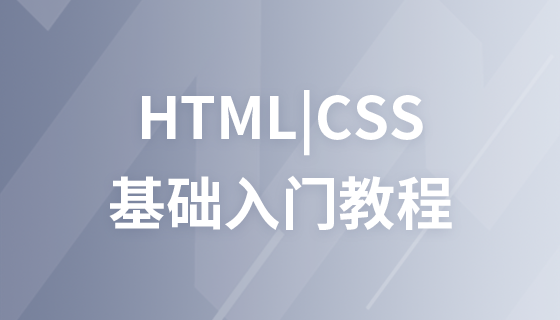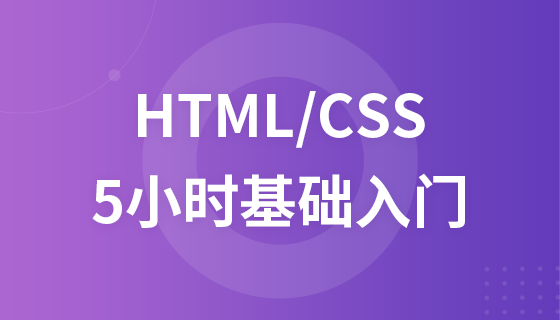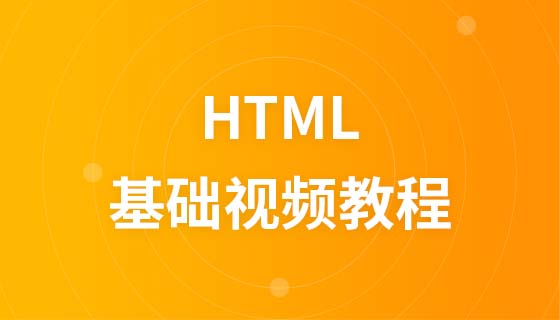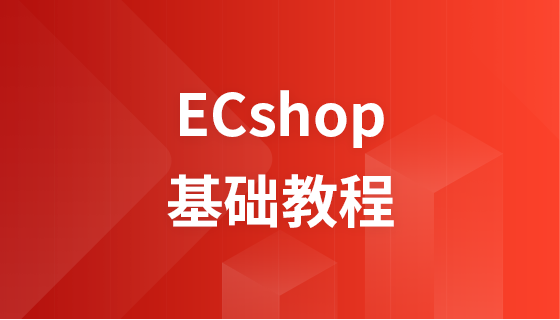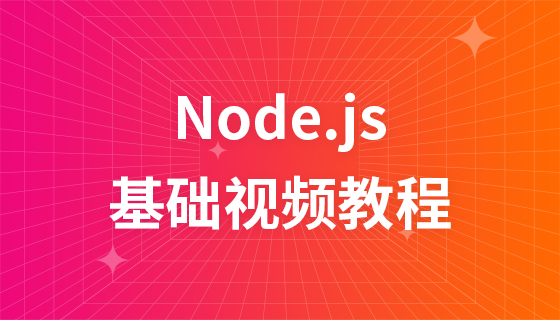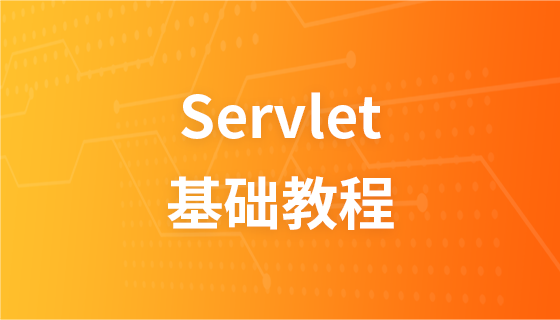HTML plug-in
HTML plug-in
The function of the plug-in is to extend the functions of the HTML browser.
HTML Helper (plug-in)
A helper application is a program that can be launched by the browser. Helper applications are also called plug-ins.
Helper programs can be used to play audio and video (among others). Helpers are loaded using the <object> tag.
One advantage of using a helper program to play video and audio is that you can allow the user to control some or all of the playback settings.
Plug-ins can be added to the page through the <object> tag or <embed> tag.
Most assistive applications allow manual (or programmatic) control of volume settings and playback functions (such as rewind, pause, stop, and play).
##We can use the <video> and <audio> tags to display video and audio
##<object> elementAll major browsers Supports <object> tag. The
<object> element defines an object embedded in an HTML document.
This tag is used to insert objects (such as embedding Java applets, PDF readers, and Flash players in web pages).
##<object width="400" height="50" data="bookmark.swf"></object>## The #<object> element can also be used to contain HTML files:
<object width="100%" height="500px" data="snippet.html">< /object>
Or insert a picture:
<object data="audi.jpeg"></object>
#<embed> ; Element
All major browsers support the <embed> element. The <embed> element represents an HTML Embed object. The <embed> element has been around for a long time, but was not specified before HTML5. This element will be validated on HTML 5 pages, but not on HTML 4.##<embed width="400" height="50" src="bookmark.swf"><embed> The element does not have a closing tag. Alt text cannot be used. The##Note
embed> element can also be used to include HTML files:
<embed width="100%" height="500px" src="snippet.html"> ;<embed src="audi.jpeg">Or insert a picture:



